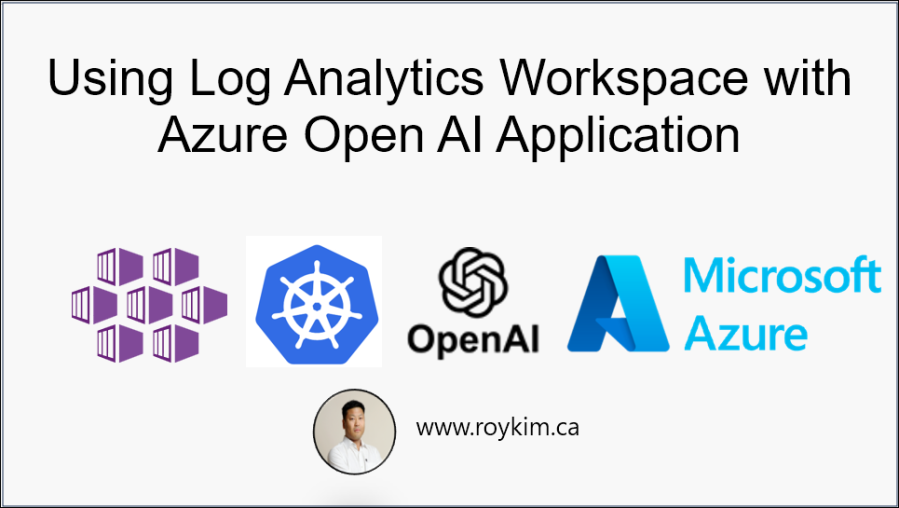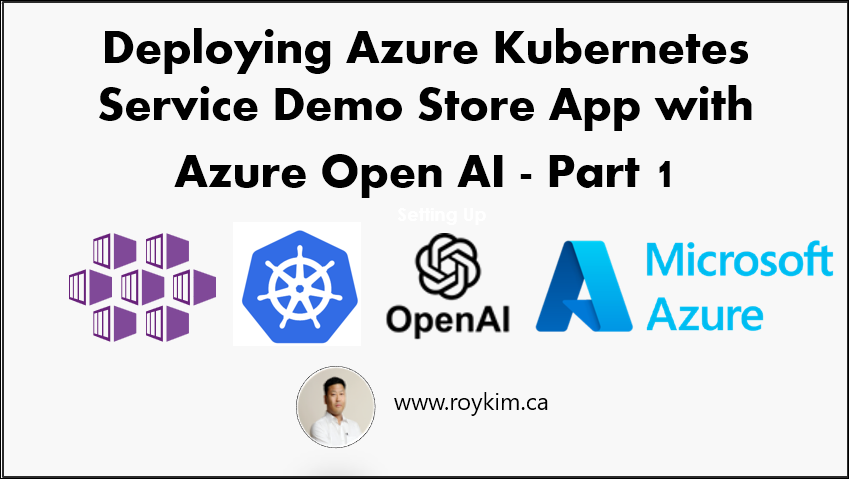I did an experiment of running a load test against 4 applications and while executing a Azure Kubernetes Cluster Upgrade to see the affects and any downtime. The applications hosted in my AKS cluster are AKS Helloworld - super simple application Voting App - simple application with Redis backend Bookinfo Istio demo - microservices architecture …







